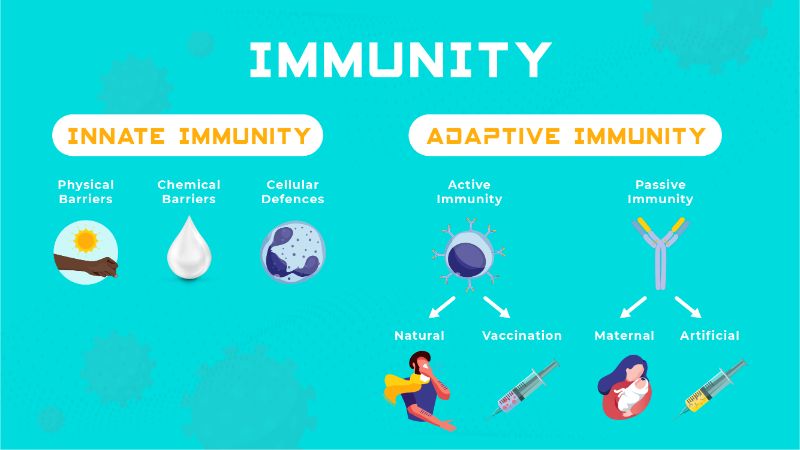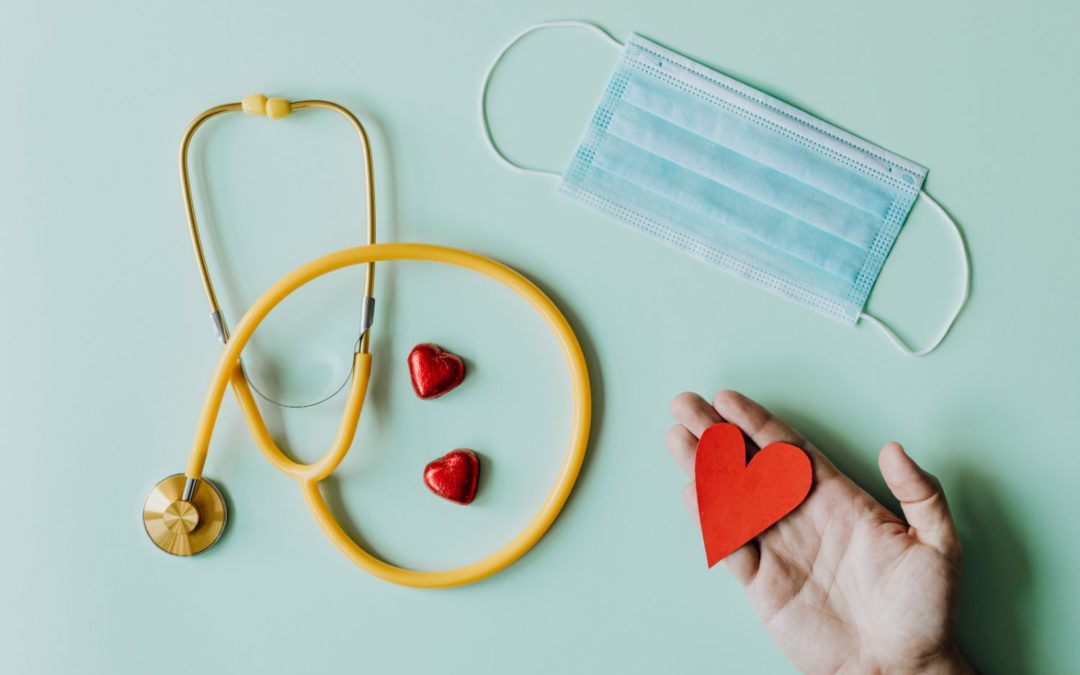
If there’s anything we learned from the current COVID-19 crisis, it’s that our immune system is something we should never take for granted.
By now, we already know that a healthy immune system is not something that can be bought from a pharmacy or a shopping website. It’s something we develop over a long period of time, from childhood all the way to adulthood. It’s a combination of our genetic makeup, our body’s natural defenses, and our diet and lifestyle choices.
In our lifespan, our bodies are defined by two kinds of immunity: innate and adaptive. Understanding these two types will help widen how we perceive immunity. Let’s get started.
Immunity is the the quality or state of being immune, such as being able to resist a particular disease, through preventing the development of a pathogenic microorganism, or by counteracting the effects of its products.
Immunity is the kind of super power we attain, when our immune systems, a complicated network of cells, tissues, organs, and the substances they make to fight off diseases, are doing a great job.
Immunity is what you have when, though you’re exposed to a dangerous pathogen, your body can still hold its ground. For that, immunity is something everyone aspires for, especially in light of the global COVID-19 crisis. Hence, getting vaccinated, and following health protocols, are very important.
To understand immunity better, let’s take a closer look at its two main types: innate and adaptive.

What is innate immunity?

Innate immunity, also known as natural or genetic immunity, is immunity that one is born with. It’s written on your genes, patterned after your parents’ DNA, offering you lifelong protection.
The innate immune response is non-specific or general, meaning anything that is identified as foreign substance is a target for the innate immune response. It unleashes a general or on-impulse attack.
It’s also fast-acting, releasing defense mechanisms once it detects an antigen, or a toxin or foreign substance in the body.
These mechanisms include physical, chemical, and cellular defenses.
- Physical barriers protect the body from invasion, like the skin and eyelashes.
- Chemical barriers are defense mechanisms that can destroy harmful agents. Examples include tears, mucous, and stomach acid.
- Cellular defenses of the innate immune response are non-specific. These cellular defenses identify pathogens and substances that are potentially dangerous, and takes steps to neutralize or destroy them.
From the meaning of the word itself, this is immunity in which our bodies learn to adapt. What does this mean? Adaptive, or acquired immunity, is immunity we acquire following an exposure to disease. It’s something we develop all throughout our lives.
For example, if you had chicken pox as a child, your body has now acquired immunity against it. If you get exposed again, your immune cells, remembering the virus, will adapt and protect you from getting sick.

Adaptive immunity is also our second line of defense against mean pathogens. If your innate immunity couldn’t contain the virus, then your adaptive immunity takes over the show.
It does this by using very specific antigens to strategically mount an immune response to a virus. (This is the main difference from innate immune response which launches general attacks in contrast.)
The adaptive immune response is marked by clonal expansion of T and B lymphocytes, releasing many antibody copies to neutralize or destroy their target viruses.
Unlike innate immune response that acts fast, adaptive immunity takes longer, as the body needs time to create antigen-specific antibodies for the first time. Good news is, if it encounters the pathogen a second time, the response would be quicker, thanks to the memory cells that remember the virus.
- Active Immunity: the immunity described above. It is the immunity that is learned, following a pathogen exposure.
- Passive Immunity: is the immunity gained with the help of external sources, such as vaccines or injections, and protection passed on from mother to baby through the placenta or via breast milk.
You’ve got to admit, knowing about the two types of immunity makes you feel proud of how our bodies can fight for our lives. But from our end, we can’t just sit and do nothing, relying on our immune systems to save us.

We have to pull our own weight too, such as maintaining a sound and healthy body, through diet and exercise. How about you, how are you helping your body’s immune system?
Tags



0 Comments